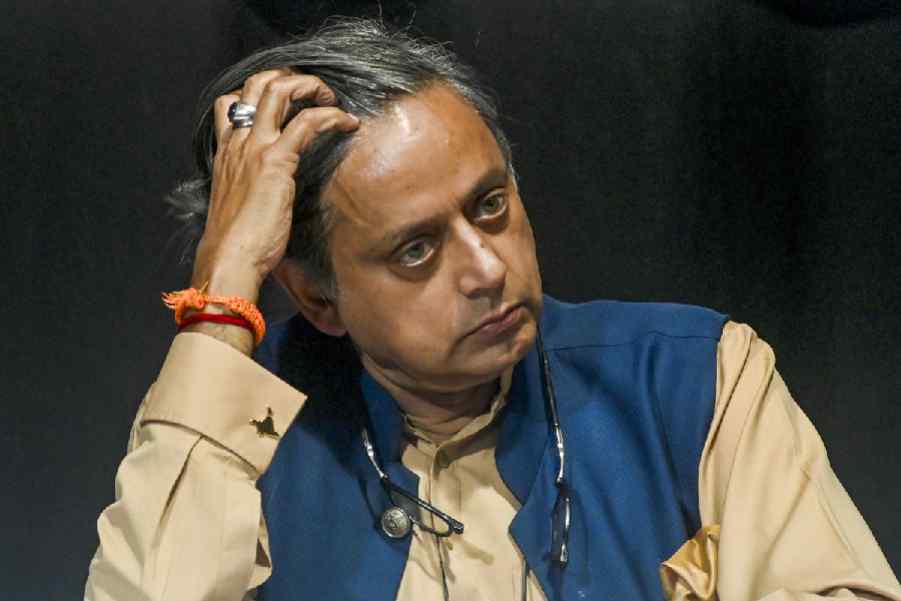Jorhat, Sept. 12: Zoologists in Jorhat are mulling the introduction of induced breeding in artificial conditions to promote an increase in the population of eels.
Eels, locally known as kusia, are amphibians and inhabit paddy fields, muddy holes and drains and like fish, can also live in water.
Associate professor of the zoology department, Bahona College, Indira Baruah, said eels increased haemoglobin by 20 to 22 per cent in the blood and are included in the diet of anaemic people.
“It is a very good form of nourishment for people in rural areas especially among the tea community whose diet usually lacked nutrients. It is now also consumed by pregnant and lactating mothers in urban areas,” Baruah said.
Baruah added that because of a scarcity of eels, they were being sold at Rs 300 to Rs 450 per kg in the market and most of it was imported from outside the state.
Baruah’s research was conducted under the guidance of Umesh Chandra Goswami, professor, zoology department, Gauhati University.
It studied the prime reason for decline in the population of eels and revealed that the decrease of the species in paddy fields and drains was because of spraying of malathion and pesticides by farmers to contain insects and the health department to contain the spread of vector-borne diseases.
“When affected by pesticides, eels might not die straight away but become infertile or produced deformed eggs and sperm, as a result of which production has drastically decreased. Moreover, eels were also cut down during the ploughing period in fields,” she added.
As eels breed only once between April and August and produced only about 350 to 400 eggs per batch unlike fishes which hatch uncountable eggs, the fisheries department of Assam Agricultural University was proposing induced breeding in eels.
Senior scientist of the department, Vibha Chetia Borah, while affirming the decrease in eel population, said they were proposing induced breeding in eels under artificial conditions.
“In this method, reproduction would be hormone induced and an attempt would be made so that eels could breed not once but twice or even thrice during the breeding season. This has already been successfully tried out in magur mas,” she said.
Chetia Borah said in this kind of breeding, the quality of the eggs and sperm could also be monitored and only those of good quality would be selected for propagation of the species.
“Once we find a method, these eels can be given for production to fish farmers as our ultimate aim is to increase production of eels and ensure that people do not consume pesticide infected ones,” she added.











